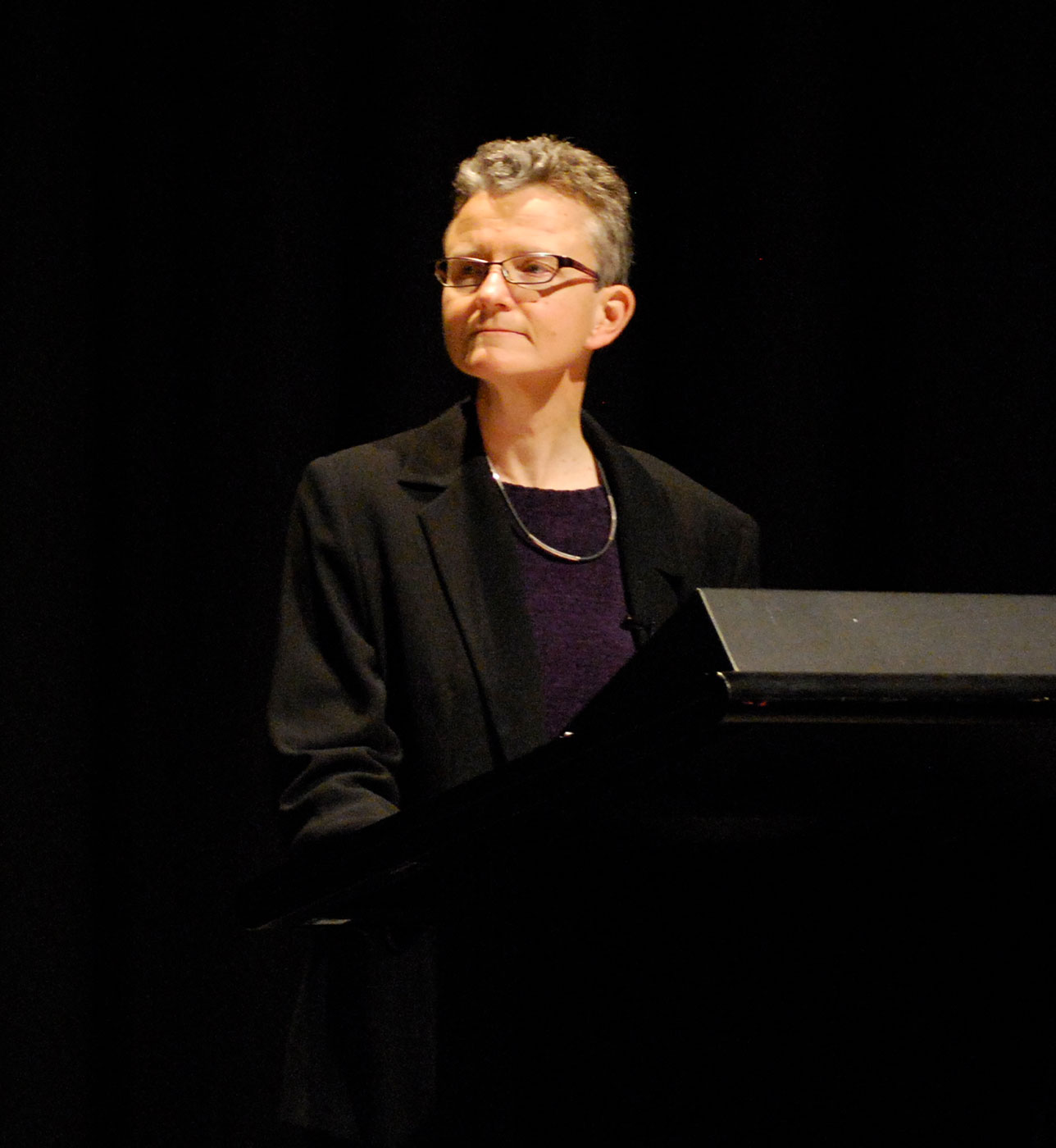Channelling Griffith Taylor’s Environmental Anxieties

Speaker
Carolyn Strange
Carolyn Strange was the co-ordinating convenor of Violent Ends. She is the co-author of Griffith Taylor: Visionary, Environmentalist, Explorer (University of Toronto and National Library of Australia Press, 2008) (with Alison Bashford). She also curated the exhibition, Griffith Taylor: Global Geographer, Macleay Museum, University of Sydney (2009). She is a Senior Fellow at the Research School of Humanities, Australian National University.
Summary
Griffith Taylor was an anxious man, anxious to be respected as a geographer and meteorologist, whose insight into the environmental limits on Australian settlement and agricultural expansion has recently won him admirers. The opposite was the case in the early twentieth century, a point the nation's history when nationalist boosters, with bloated dreams of boundless opportunity, ruled the day.
In the post-World War One period, anyone wishing to court public favour with Parliament or the press had to toe the 'Australia Unlimited' line, or face public scorn and charges of disloyalty. Taylor knew the risks of contrariness, but he was more anxious to be noticed than liked. And he never doubted he was right — the telling marks of the self-styled prophet.
So he talked, and wrote ... and talked and wrote. Not only from his post as the founding chair of geography at the University of Sydney but to anyone he hoped to convert to his way of thinking. But words on their own were never sufficient for Taylor, who paired words and images in his work as a teacher and in his public outings, where he proved himself a gifted exponent for his creed of cautionary environmental determinism.
Ninety years before PowerPoint, he perfected the art of the illustrated lecture. He rarely spoke publicly without a lantern slide projector in which he placed his hand-crafted images, not of maps (as this geographical 'chap' might have been expected to use) but 'Griffograms', the name one of his colleagues invented to describe diagrams designed to strike the mind through the eye.
In old age, as Taylor, the proud scientist looked back over his career, he said of his Griffograms: 'they are my art.'
Professor Griffith Taylor speaks on the ‘Australian National Problems’. National Library of Australia
GRIFFITH TAYLOR: We have heard from many quarters, Australia described as a land full of wonder, beauty and unequaled resources. One writer, who ought to know better, has ventured to call our land ‘Australia Unlimited’. This is nothing more than propaganda, promoted by those who would profit from wild cat schemes. It is certainly not scientific nation planning. This would seem almost self evident, but it is ignored by almost all our politicians and, what is more surprising, by most of our publicists, who might be expected to know better.
It has for many years seemed to me that Australia requires an accurate survey of her possibilities. If we agree, as we must, that settlement in Australia has been controlled by such geographical factors as: temperature, rainfall, soil and minerals, no intelligent person can doubt that they will continue to shape the course of the nation.
Can Australia rid itself of its Antarctic neighbour, the refrigerator of the world’s climate and the cause of Australia’s arid centre? Certainly not. In Antarctica and later in Australia, my own extensive meteorological studies have provided our politicians the guidance they need, yet they refuse to use it properly.
And they have not, it seems to me, learned how to read maps. The expert in geography can show with maps the regions that are habitable, as distinct from the regions that are useless. This I have shown by studying Australia scientifically. By plotting it in relation to its homoclimes, that is, regions with similar climatic conditions.
Through this technique, we can see plainly that the arid lands of Australia have, in fact, much the same characteristics as the Sahara. Similarly, the climate of our tropical towns resembles the average conditions in Southern and Central India. This point of view was very obnoxious to those writers who roundly declared there was no desert in Australia and painted me as something of a pariah.
It has long seemed to me that a frank avowal of our difficulties and of the useless character of so much of our continent ought to be accepted by those false patriots who control the public purse. Unfortunately, our illogical optimists are vainly endeavouring to make a silk purse out of a sow’s ear. The wise statesman is he who moulds his policy in harmony with the varying environment for which it is his privilege to legislate. The foolish statesman is he who ignores unimpeachable authorities who dare to speak the truth.
May the day come when the public will say, ‘of every careful student of our discipline, he has studied material progress all over the world. He knows the possibilities and can interpret our environment to our best benefit. In a word, he is a competent geographer. We must listen to him’.
Explore more on Violent Ends